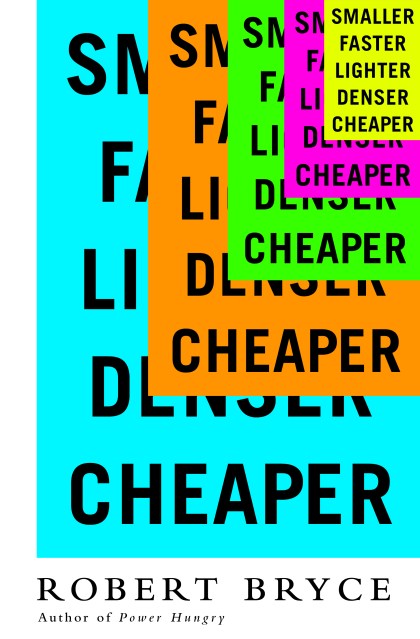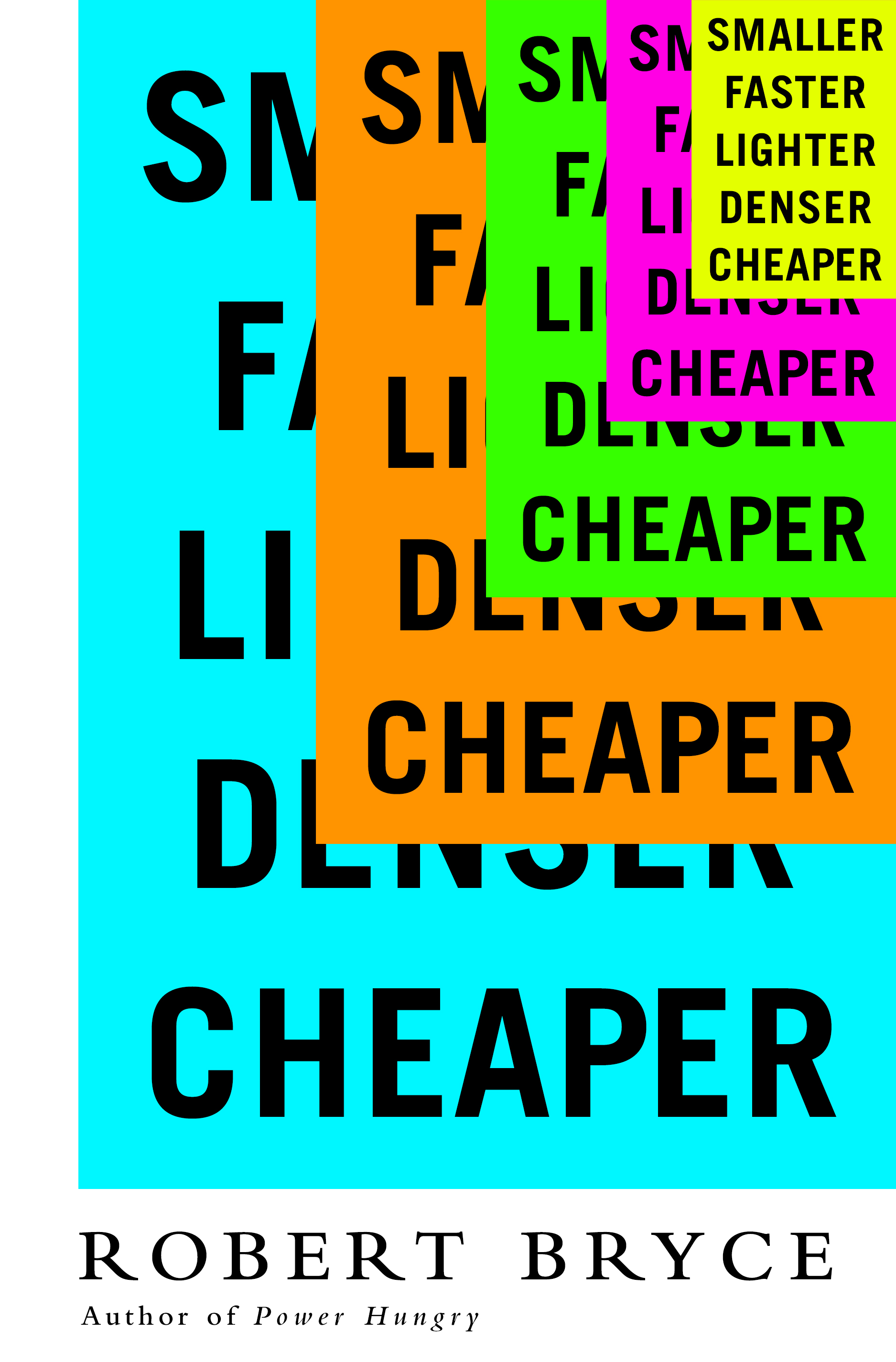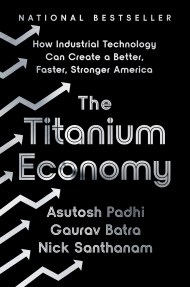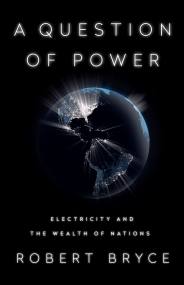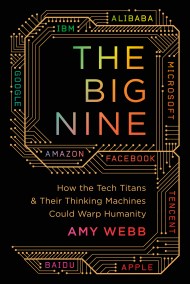Promotion
Use code MOM24 for 20% off site wide + free shipping over $45
Smaller Faster Lighter Denser Cheaper
How Innovation Keeps Proving the Catastrophists Wrong
Contributors
By Robert Bryce
Formats and Prices
Price
$12.99Price
$16.99 CADFormat
Format:
- ebook $12.99 $16.99 CAD
- Trade Paperback $18.99 $23.99 CAD
- Trade Paperback $19.99
This item is a preorder. Your payment method will be charged immediately, and the product is expected to ship on or around May 13, 2014. This date is subject to change due to shipping delays beyond our control.
Also available from:
Utilizing on-the-ground reporting from Ottawa to Panama City and Pittsburgh to Bakersfield, Bryce shows how we have, for centuries, been pushing for Smaller Faster solutions to our problems. From the vacuum tube, mass-produced fertilizer, and the printing press to mobile phones, nanotech, and advanced drill rigs, Bryce demonstrates how cutting-edge companies and breakthrough technologies have created a world in which people are living longer, freer, healthier, lives than at any time in human history.
The push toward Smaller Faster Lighter Denser Cheaper is happening across multiple sectors. Bryce profiles innovative individuals and companies, from long-established ones like Ford and Intel to upstarts like Aquion Energy and Khan Academy. And he zeroes in on the energy industry, proving that the future belongs to the high power density sources that can provide the enormous quantities of energy the world demands.
The tools we need to save the planet aren’t to be found in the technologies or lifestyles of the past. Nor must we sacrifice prosperity and human progress to ensure our survival. The catastrophists have been wrong since the days of Thomas Malthus. This is the time to embrace the innovators and businesses all over the world who are making things Smaller Faster Lighter Denser Cheaper.
Genre:
- On Sale
- May 13, 2014
- Page Count
- 400 pages
- Publisher
- PublicAffairs
- ISBN-13
- 9781610392068
Newsletter Signup
By clicking ‘Sign Up,’ I acknowledge that I have read and agree to Hachette Book Group’s Privacy Policy and Terms of Use
